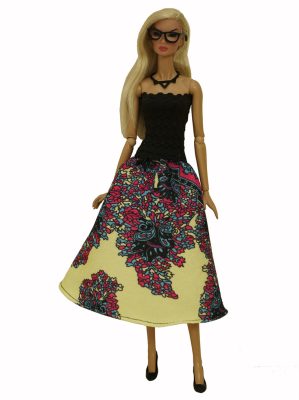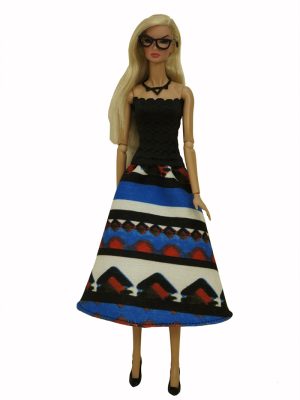Dolls and doll-like characters have appeared in literature throughout history, often serving as symbolic or thematic elements that contribute to the narrative. They can be used to convey various themes, such as innocence, childhood, identity, and the uncanny. Here are some notable examples of dolls in literature, along with their associated characters and stories:
- The Nutcracker in “The Nutcracker and the Mouse King” by E.T.A. Hoffmann:
- In Hoffmann’s classic tale, a young girl named Clara receives a nutcracker doll as a Christmas gift. This doll, along with other toys, comes to life in a fantastical adventure to defeat the Mouse King and visit the Land of Sweets. The Nutcracker symbolizes the magic and wonder of the holiday season.
- Emily Dickinson’s Poem “I’m Nobody! Who Are You?”:
- In this poem, Emily Dickinson uses the image of a “public” figure being like a “frog” and compares it to being a “Nobody.” The idea of being a “Somebody” is equated with a “Frog” and suggests a doll-like conformity to societal expectations.
- The Rag Doll in “The Velveteen Rabbit” by Margery Williams:
- While the story’s central character is a stuffed rabbit, the book also features a rag doll that is owned by the boy. The rag doll, like the Velveteen Rabbit, represents the idea of becoming “real” through love and affection.
- The Voodoo Doll in Various Works:
- Voodoo dolls, often depicted as dolls with pins stuck in them, appear in various literature and popular culture as symbols of magic and manipulation. They are used for sympathetic magic to harm or control another person.
- Puppet and Marionette Characters in “Pinocchio” by Carlo Collodi:
- Pinocchio, the wooden puppet who longs to become a real boy, is a famous literary doll-like character. The story explores themes of transformation, disobedience, and the quest for humanity.
- Dollhouse and Doll Family in “The Doll’s House” by Katherine Mansfield:
- In this short story, a dollhouse represents the social hierarchy and snobbery of a group of schoolgirls. The doll family living in the dollhouse becomes a symbol of privilege and exclusion.
- The Damaged Doll in “The Haunting of Hill House” by Shirley Jackson:
- In this classic horror novel, a damaged doll belonging to one of the characters is used to create a sense of unease and foreshadowing. The doll’s presence contributes to the eerie atmosphere of the haunted house.
- The Porcelain Doll in “The Yellow Wallpaper” by Charlotte Perkins Gilman:
- In this feminist short story, the protagonist becomes obsessed with the pattern of the wallpaper in her room, believing that there is a woman trapped behind the paper. The doll-like figure she perceives in the wallpaper symbolizes her own stifled identity and societal constraints.
- The Creepy Dolls in “The Doll” by Daphne du Maurier:
- This eerie short story tells of a man who becomes obsessed with a portrait of a doll in a shop window. The doll’s lifelike appearance and the man’s obsession with it lead to a disturbing climax.
- The Doll Factory in “The Doll Factory” by Elizabeth Macneal:
- In this historical novel set in Victorian London, the protagonist, Iris, works in a doll factory. Dolls, especially a particular doll called a “Shop of Dolls,” serve as symbols of both creativity and obsession in the story.
Dolls and doll-like figures in literature often serve as powerful metaphors, representing various aspects of human experience and psychology. They can be used to explore themes of identity, transformation, conformity, and the uncanny, providing depth and symbolism to the narrative.



















